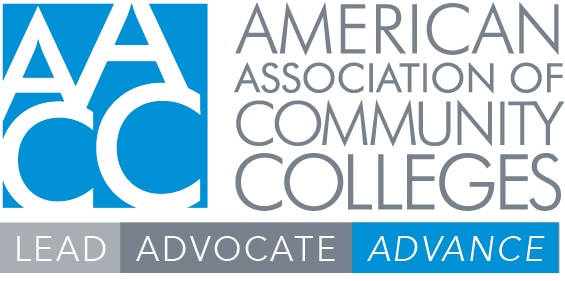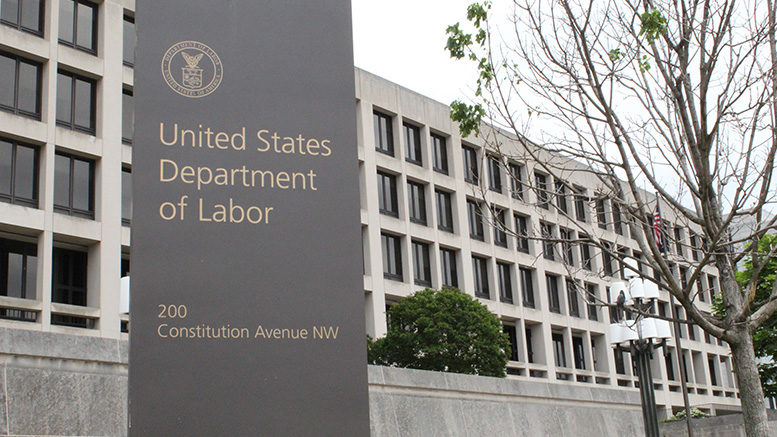The U.S. Department of Labor (DOL) recently announced its intent to update the salary level threshold for “white-collar” exemptions to parts of the Fair Labor Standards Act, a regulatory change that could significantly affect community colleges.

DOL’s Wage and Hour Division plans to develop and release a notice of proposed rulemaking (NPRM) in April outlining changes to the exemption of executive, administrative and professional employees from FLSA’s minimum wage and overtime requirements. One of the rulemaking’s primary goals is to increase the salary level requirement for the white-collar exemptions, according to the DOL, adding in its Statement of Regulatory Priorities that it will “ensure that middle class jobs pay middle class wages [by] extending important overtime pay protections to millions of workers and raising their pay.”
The American Association of Community Colleges (AACC) signed a joint higher education letter sent February 8 to the acting administrator of the Wage and Hour Division requesting that DOL meets with stakeholders, including members of the higher education community, prior to releasing its NPRM.
Current regulations
Under FLSA, employers are required to pay their employees a minimum hourly wage for 40 hours a week and an overtime rate equal to 1.5 times the hourly wage for every hour the employee works in excess. Executive, administrative and professional (EAP) employees – defined in part by their annual salary amount – are exempt from this requirement.
The current minimum salary threshold sits at $35,568 annually, which was put into place at the start of 2020 following a lengthy process that began during the Obama administration. At that time, DOL proposed upping the minimum salary threshold from $23,660 a year to $50,440 a year, an increase of 113%, with additional increases in subsequent years based on inflation. Despite stated concerns from the higher education community and many others, DOL made only modest changes to its proposal, issuing a final rule in 2016 that would have set the minimum salary threshold at $47,660 a year – an increase of more than 100%.
However, before the rule could go into effect, a Texas federal court temporarily enjoined DOL from enforcing the regulation. In 2017, the rule was permanently enjoined by federal courts. A new rule with a new salary threshold of $35,568 was developed under the Trump administration and remains in effect today.
Impact on higher education
In the correspondence, AACC and the other higher education associations asserted that, while periodic adjustments to the minimum salary threshold are reasonable, the increase that was proposed under the Obama administration was too high. They stated that institutions, especially community colleges, would have to reclassify employees in administrative positions that have traditionally been exempt. Colleges would have to bear the considerable costs and burden of this mass reclassification, as well as the pressure of annual increases on fixed budgets.
According to the College and University Professional Association for Human Resources (CUPA-HR), a minimum salary threshold of $47,660, as was intended in 2016, would have created significant costs for colleges. Based on CUPA-HR’s 2016 Professionals in Higher Education Salary Survey Report, 24 position classifications in that survey had median salaries below the 2016 final rule’s threshold. Moving one employee in each of those classifications to a salary of $47,660 would have led to an average annual cost increase of $209,000 for a single institution. Colleges located in parts of the country with lower costs of living would have been hit especially hard by the rule. Given the salary structure of community colleges, AACC’s members would have been particularly hard-hit as well.
Additionally, 35 institutions provided CUPA-HR with data showing that it would have cost them a combined $115 million to implement the rule in the first year alone. That added expense would have likely triggered tuition hikes, reduced workforces and fewer services available to students.
As DOL once again considers an increase to the minimum salary threshold, AACC and others urged the department to consider how the Covid pandemic has changed the workforce, particularly with respect to remote work and schedule flexibilities. As the letter states, “changes to the minimum salary threshold or other EAP requirements that will result in large scale reclassification of workers from exempt to nonexempt may make remote work and certain flexibility with schedules extremely cumbersome, if not impossible, to manage.”
AACC will continue to engage with this hugely important issue and keep member colleges posted about relevant developments.





